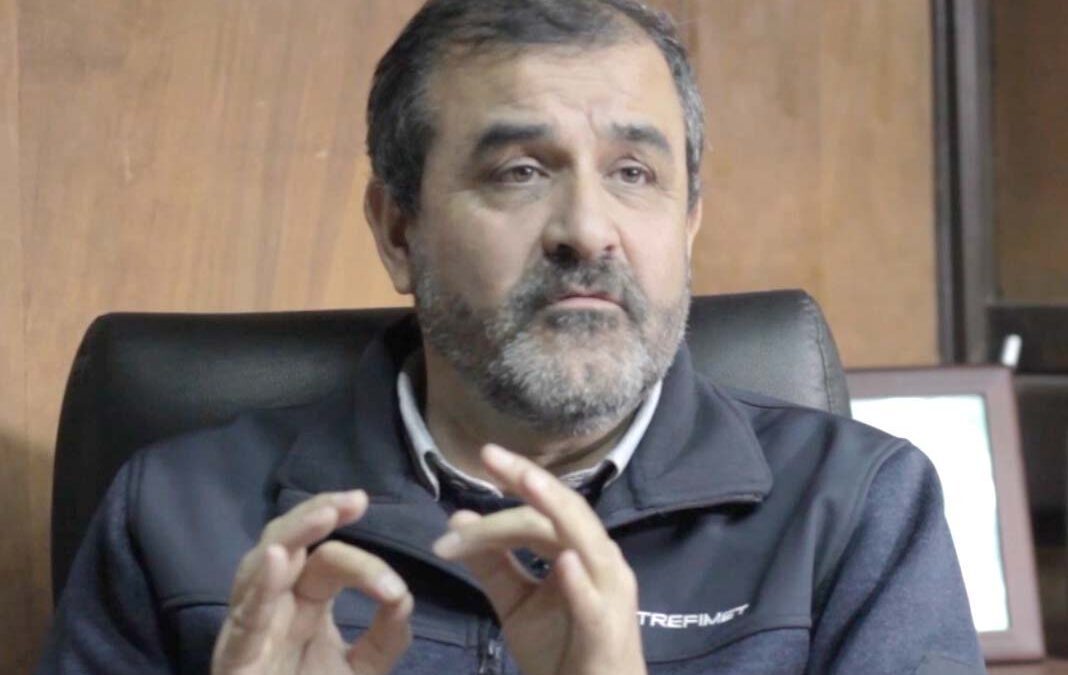According to the OECD, total productivity in the sector fell at an annual rate of 4.7% between 1993 and 2015, and suggests investing more in innovation and human capital.
The report "Productive Transformation Policy Review" published by the Organisation for Economic Co-operation and Development (OECD) has caused concern in the mining sector.
It details that "the country's total factor productivity (TFP) has remained stagnant since the 1990s, a situation largely explained by the poor performance of the mining sector, which saw an average annual decline of 4.7% between 1993 and 2015".
According to the organisation, one of the keys for a nation to be globally competitive is innovation. Total business spending on research and development (R&D) over total gross value added in the mining sector is 0.15% in Chile, compared to 2% in Australia, 1.5% in the US and 1% in Sweden. This is a poor performance considering that Peru, for example, has been increasing the value added of services in mining exports in recent years.
At Trefimet we understand perfectly well how difficult it is to introduce innovations in mining processes, as our company differential is precisely the development of products to make more efficient casting processes stagnant in the 20th century.
For this reason, Trefimet's R&D investment is 4.2% (average between 2016 and 2017 expenditure), which is more than 28 times more than the country average.
ON THE RIGHT TRACK
Darwin Morales, Operations Manager and leader of Trefimet's research, development and innovation unit says:" For us it was key to be able to demonstrate that our state-of-the-art thermal lances improve foundry productivity. Efficient, faster and more accurate operation brings benefits not only in terms of bleeding times. It also makes the operation safer for both operators and infrastructure, reducing risks, work-related injuries and the frequency of maintenance passages, which translates into increased productivity at the site".
Another essential element is a skilled workforce. Trefimet, at the forefront of research and development, has 8.57% of workers dedicated exclusively to R&D, more than 71 times more than the national average:
"Chile's specialisation in low value-added segments means that its workforce is largely composed of low-skilled workers," said the study, which noted that while 21.4 out of every 1,000 mining workers in Australia are engaged in R&D activities, 13.3 in Sweden and 11.4 in Norway, only 1.2 out of every 1,000 Chilean mining employees are engaged in R&D activities. This is only 0.12% of the mining workforce.

